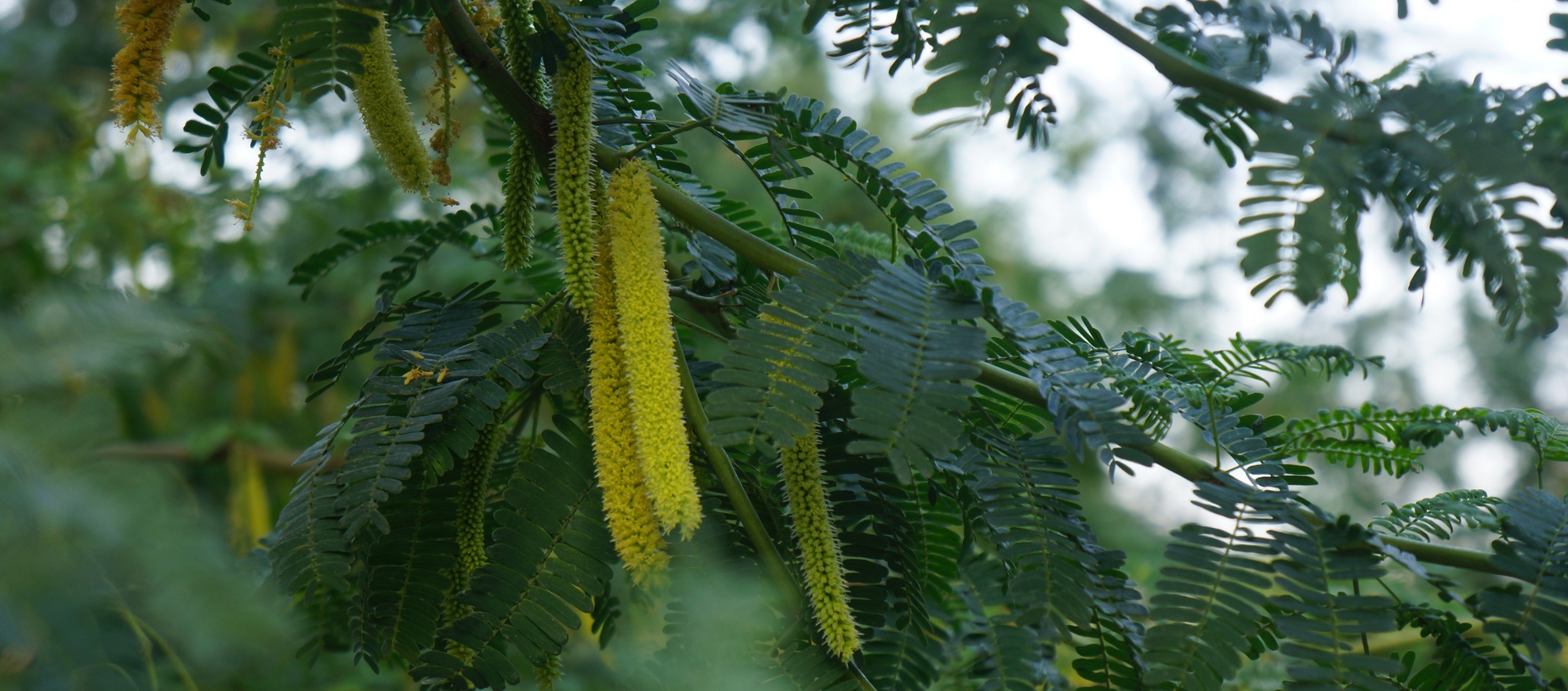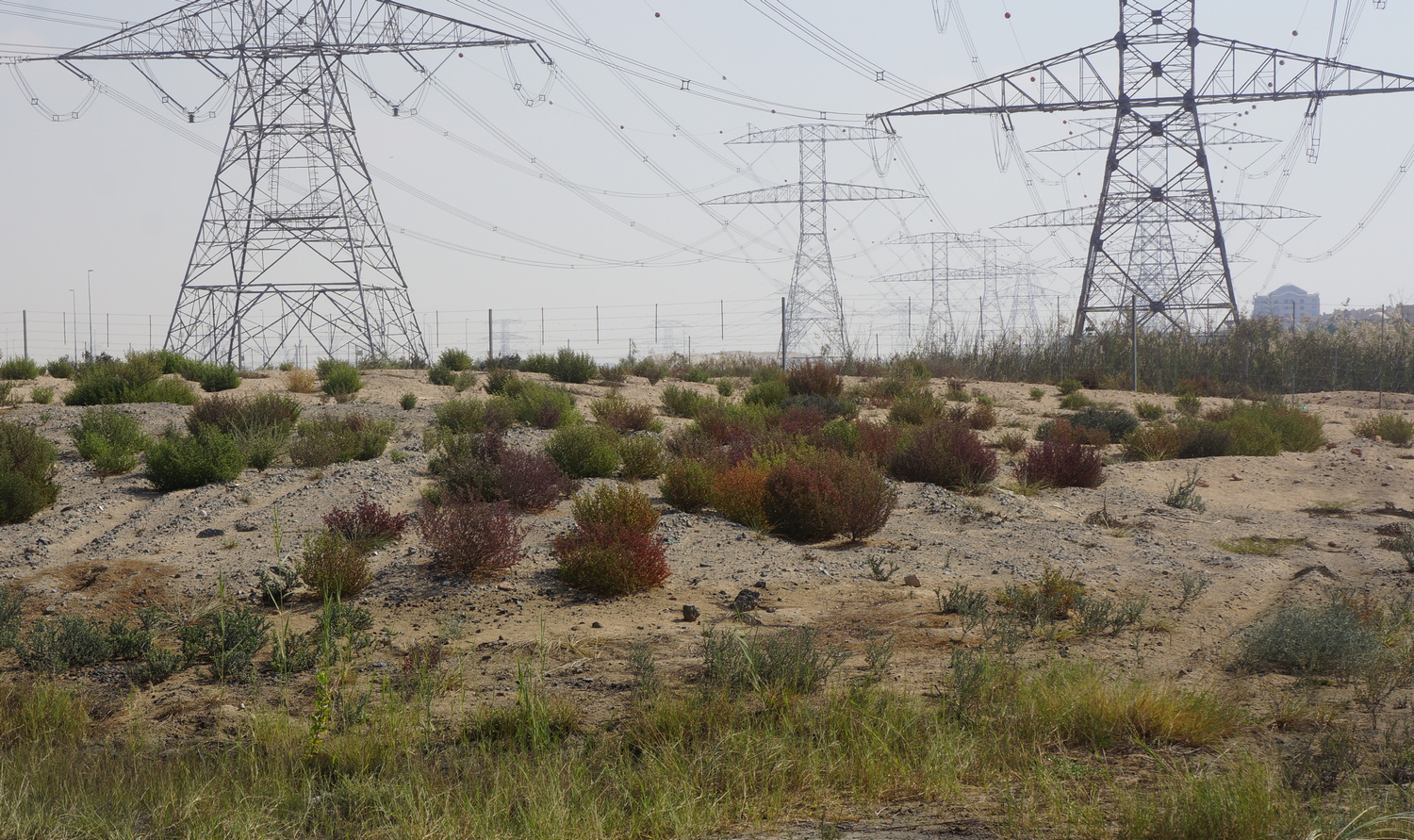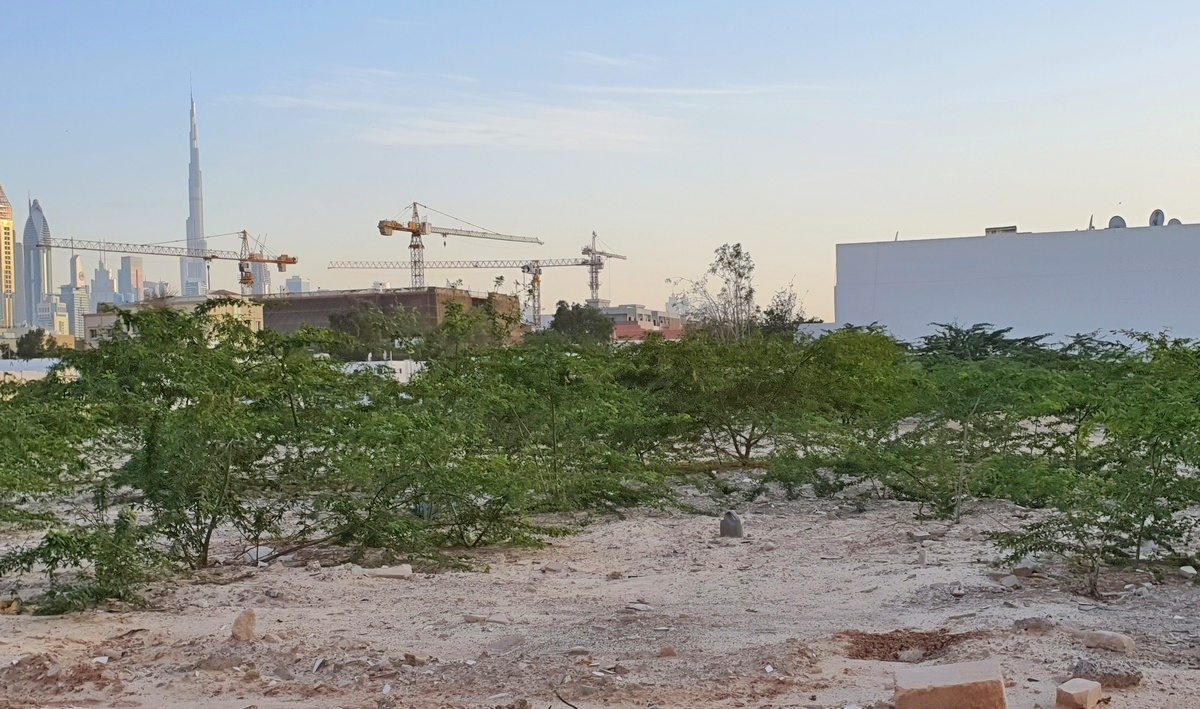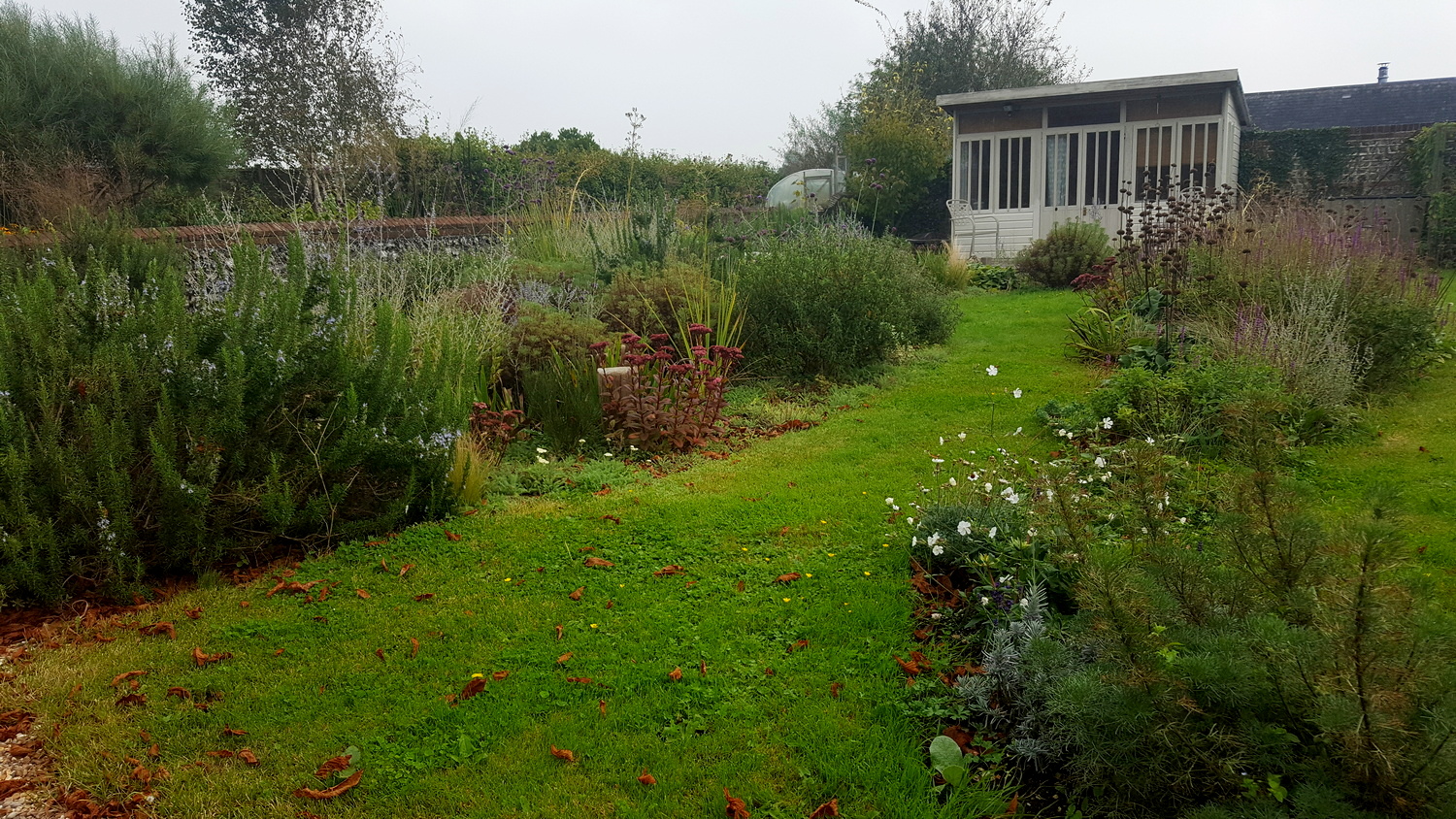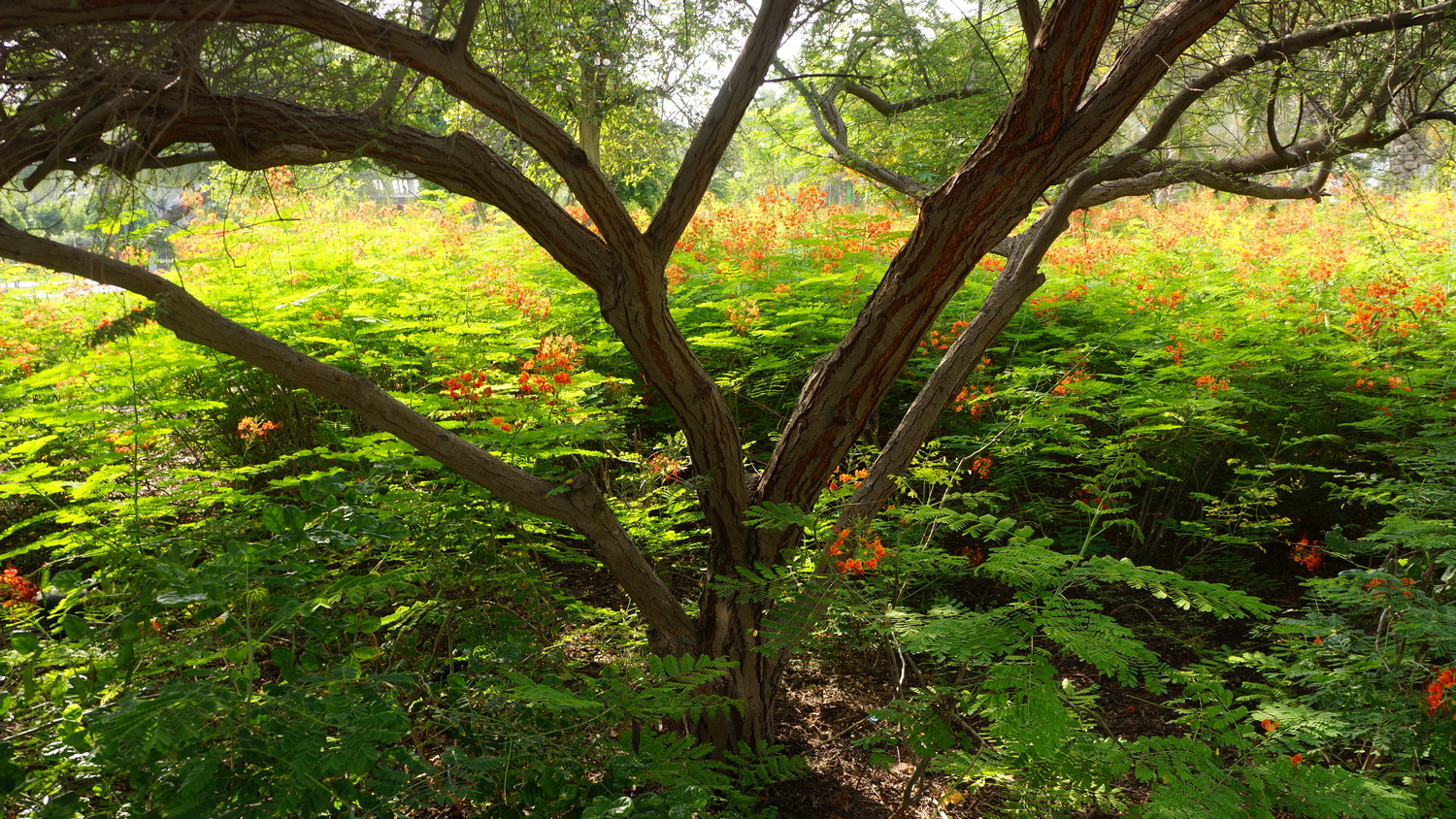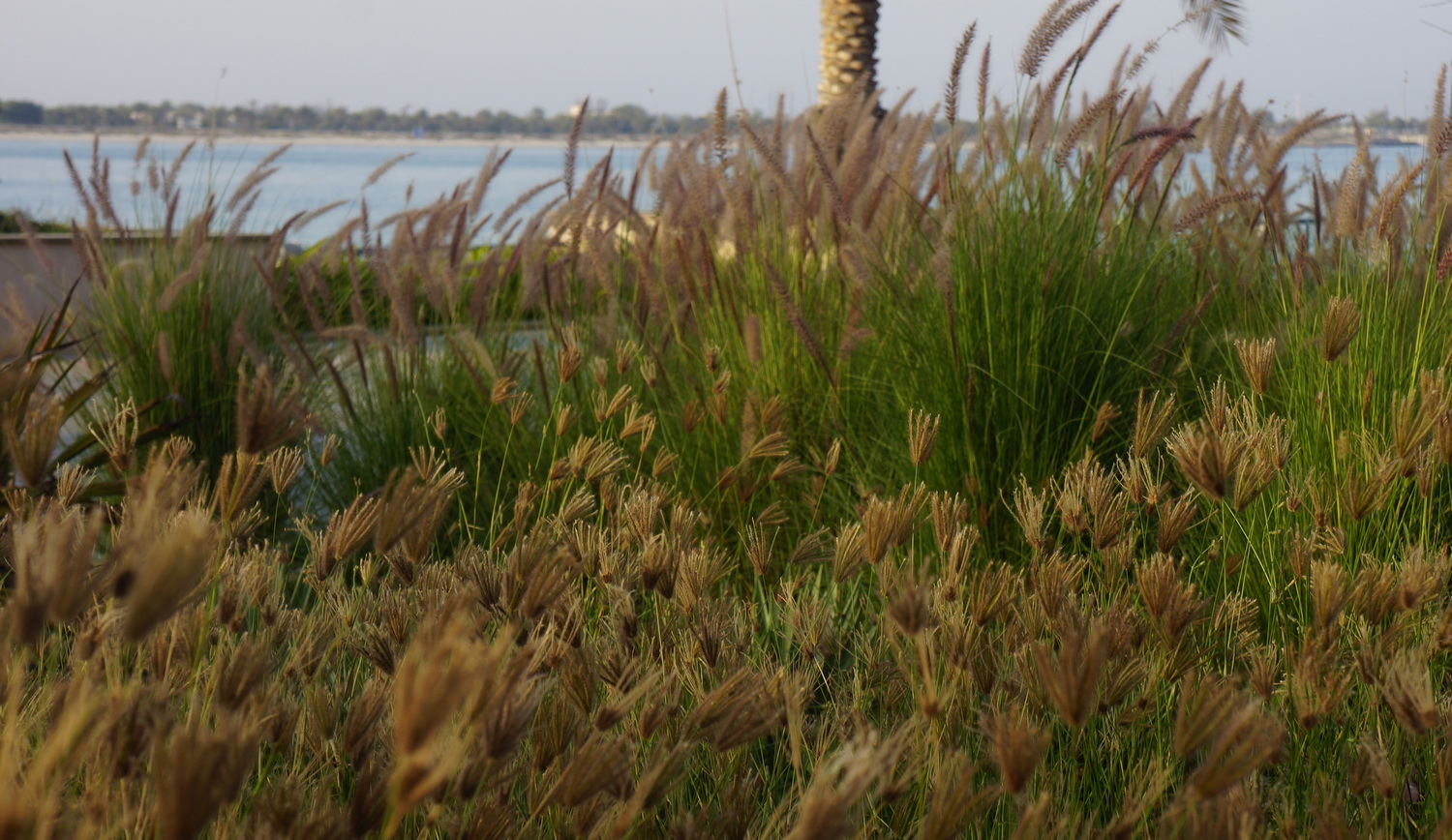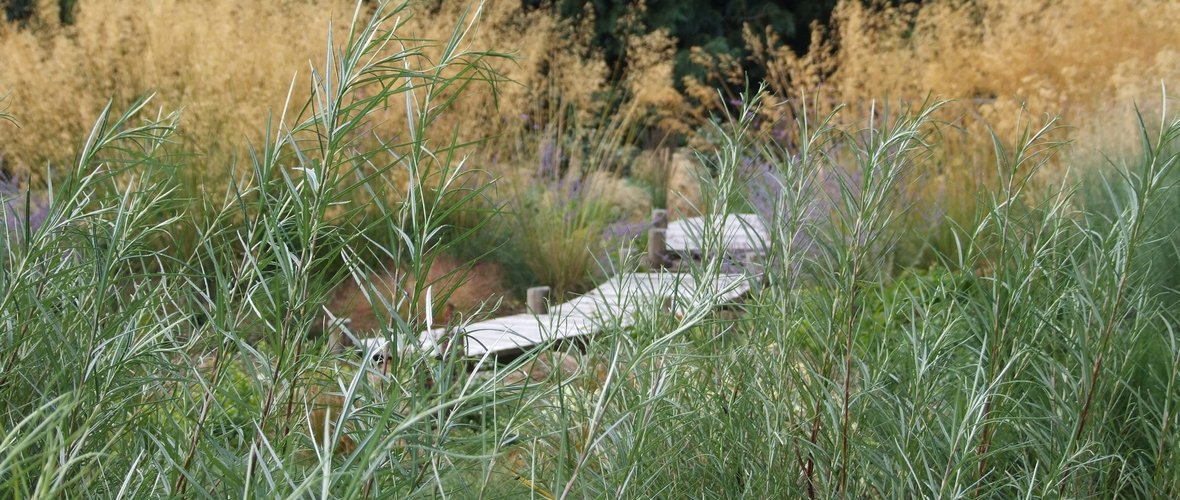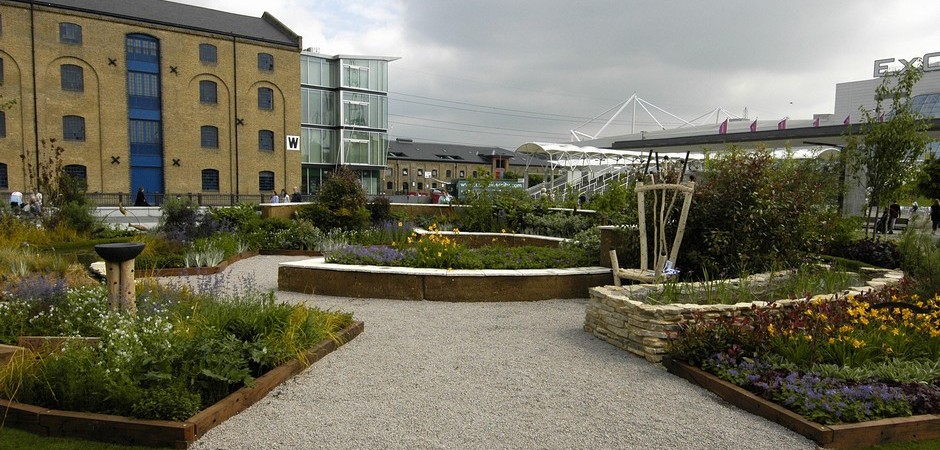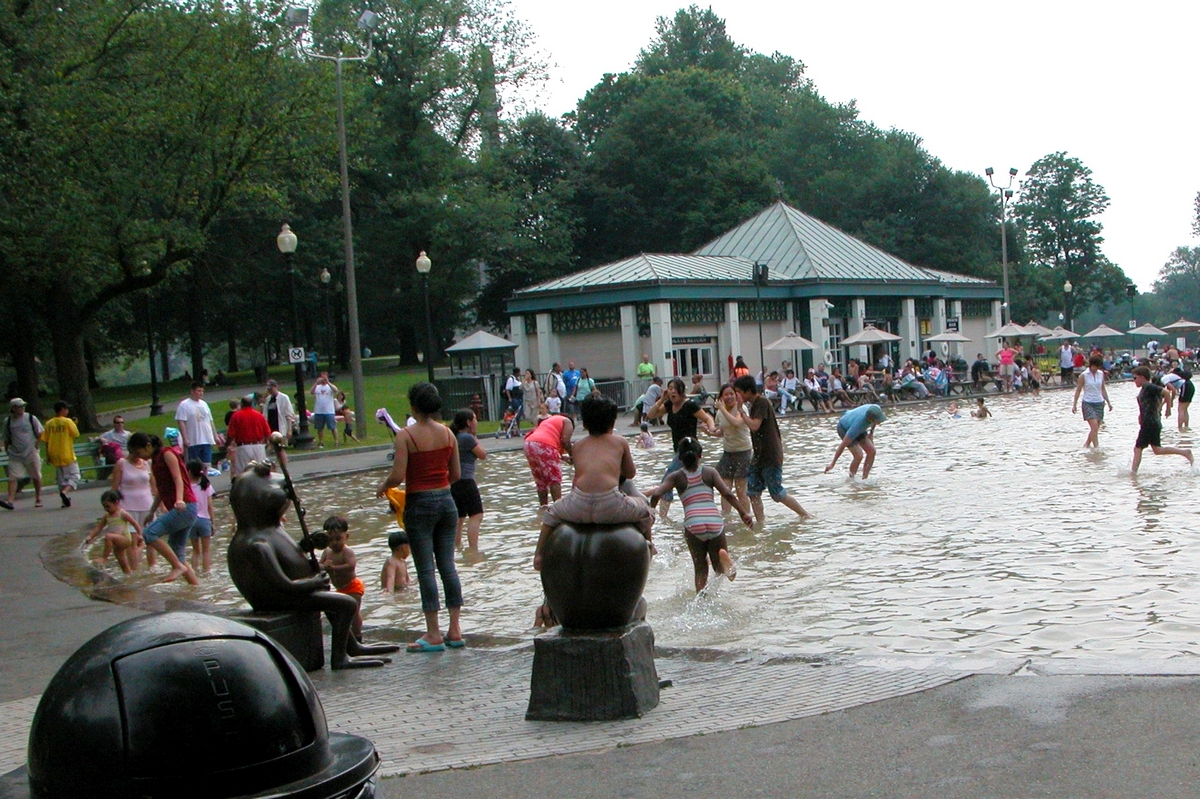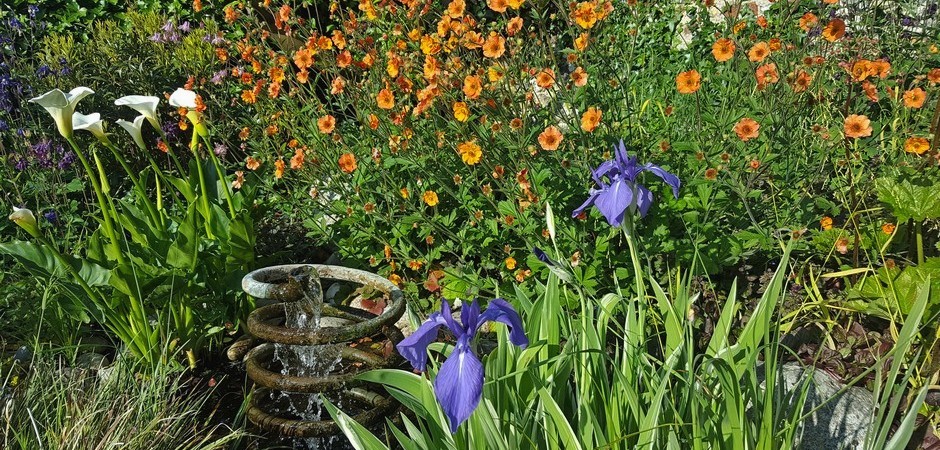Creating non-irrigated climate-adapted landscapes in the Middle East
In part one of this four-part series, I discussed the colonization of brownfield sites in the UAE’s cities with a range of trees and shrubs – almost all of them “exotic invasive” species. I argued that these could be forming the basis of new, adapted ecologies. To revise those arguments, please the link at the
